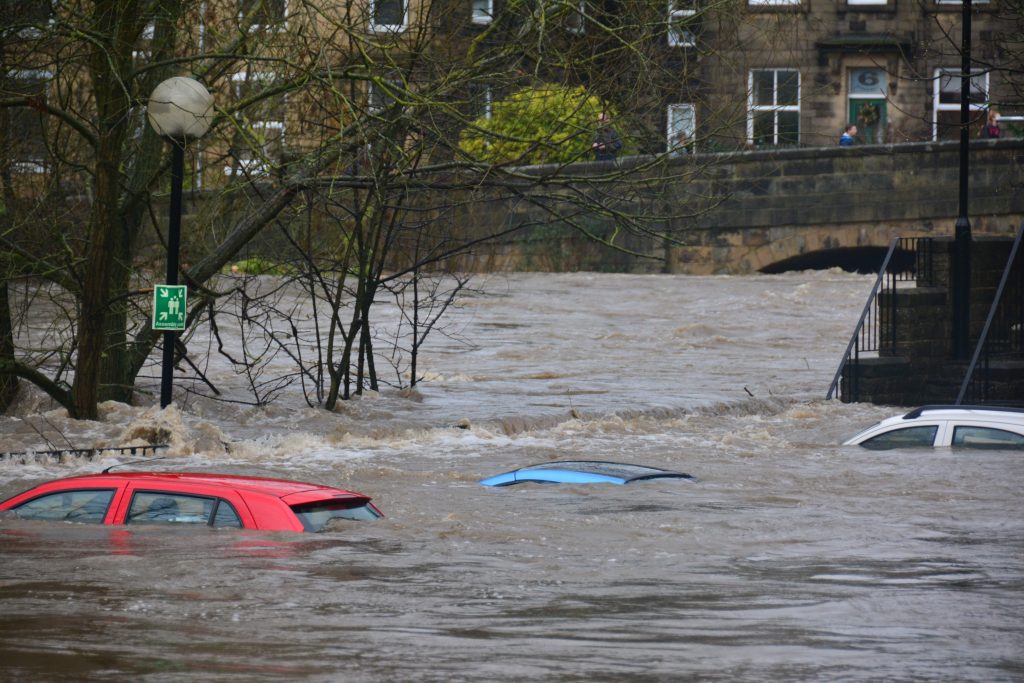Architecture and civil engineering play a crucial role in protecting cities from natural disasters, such as flooding, caused by weather phenomena. These events can have devastating consequences in terms of human and material losses, therefore, it is crucial to take preventive measures and use appropriate design and construction techniques. In this article, we will explore how architects and engineers can prevent flooding in cities at risk of weather-related flooding and landslides. We will analyze what can be done, how it can be done, and provide examples of effective solutions implemented in different parts of the world.
Table of Contents
Risk Assessment and Proper Planning
Before beginning any construction project in areas prone to flooding and landslides, it is essential to conduct a thorough risk assessment. This involves studying local climate patterns, terrain topography, and the hydraulic capacity of surrounding water bodies. By fully understanding the potential hazards, architects and engineers can develop appropriate plans to mitigate the impact of flooding on cities. This includes identifying high-risk areas and planning efficient evacuation routes in the event of an emergency.
Improving Existing Infrastructure
In many cities, existing infrastructure is not ready to deal with major floods. However, civil engineering measures can be implemented to strengthen these structures and reduce the risk of flooding. This can include building retaining walls, improving drainage and sewage systems, and implementing soil-strengthening techniques. By investing in improving existing infrastructure, cities can significantly reduce flood damage and protect their residents.
Design and Construction of Flood-Resistant Buildings
A key part of architecture and civil engineering to prevent flooding is the design and construction of water-resistant buildings. This involves elevating foundations above the expected flood level, using impermeable materials, and applying construction techniques that minimize water ingress. In addition, internal and external drainage systems can be incorporated to facilitate water evacuation and prevent structural damage. Some successful examples include buildings in the Netherlands, where flood risk is high. They are, in fact, built above piles and are equipped with pumping systems to keep water out.
Implementation of Green Spaces and Water Retention Systems
An effective strategy to prevent flooding in cities is the creation of green spaces and the implementation of water retention systems. Green spaces, such as parks and green areas, act as natural sponges by absorbing and retaining water during storms. This reduces the load on drainage systems and prevents flooding. In addition, the construction of retention ponds and infiltration systems allows rainwater to be temporarily stored and released in a controlled manner. These nature-based solutions are beneficial both environmentally and for the protection of urban infrastructure.
 Interdisciplinary Coordination and Collaboration
Interdisciplinary Coordination and Collaboration
Flood and landslide prevention in cities requires close coordination and collaboration between architects, civil engineers, and other stakeholders such as city planners and local authorities. Integrating the knowledge and experience of different disciplines is crucial to develop holistic and effective solutions. This involves the involvement of hydrologists, geologists, and water management experts to fully understand the challenges and design appropriate strategies. In addition, collaboration with the local community is essential to ensure the acceptance and effectiveness of the implemented measures.
Examples of Civil Engineering Projects to Prevent Flooding
Over the past decades, several projects have been implemented around the world with the aim of limiting the consequences of natural disasters, such as floods, on cities and towns. Innovative approaches and civil engineering-based solutions have been used for these projects to protect communities and reduce damage. The following are some significant examples:
Thames Barrier, United Kingdom
The Thames Barrier is a mobile barrier system located on the River Thames in London. It was built in the 1980s as a protective measure against flooding caused by high tides and storms in the river estuary. This iconic design uses a series of steel gates that can be closed to block water flow in times of danger. The Thames Barrier has proven effective in protecting London from flooding and has become a recognizable symbol of civil engineering in dealing with this type of disaster.
Oosterscheldekering, Netherlands
The Netherlands is known for its expertise in water management and flood protection. One of the most notable projects is the Oosterscheldekering, a tidal barrier that protects the southern Netherlands from the North Sea. This barrier consists of a series of pillars and gates that usually remain open, allowing the normal flow of water, but are closed during storms to prevent flooding. The project has proven highly effective and has prevented significant damage in protected areas.
Room for the River project, Netherlands
Another significant example of civil engineering to prevent flooding is the Room for the River Project in the Netherlands. Instead of building large barriers, this approach relies on creating additional space for rivers to expand during floods, thereby reducing pressure on dams and urban areas. This involves excavating water storage areas, building levees, and improving river flows. The project has proven effective and has protected many communities from flooding in the country.
Thailand Flood Drainage and Flood Control Project
Thailand has experienced severe flooding in the past, especially in Bangkok and surrounding areas. To address this problem, the Drainage and Flood Control Project was implemented, which includes the construction of drainage channels, retention reservoirs, and dams. These infrastructures helped regulate water flow during heavy rainy seasons and significantly reduced flooding in urban areas.
Flood Protection Project in Hamburg, Germany
Hamburg, a major port city in Germany, faced the challenge of flooding due to its location near the Elbe River. To protect the city, a comprehensive flood protection project was implemented, including the construction of embankments, retaining walls, and water pumps. In addition, additional water storage areas were created to reduce the load on the drainage system. This project has proven effective in preventing flooding in the city and has provided greater safety for its residents.





